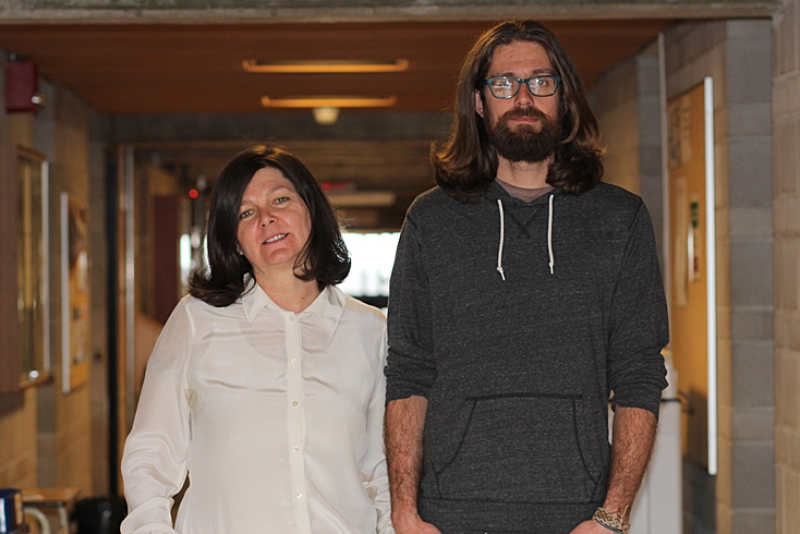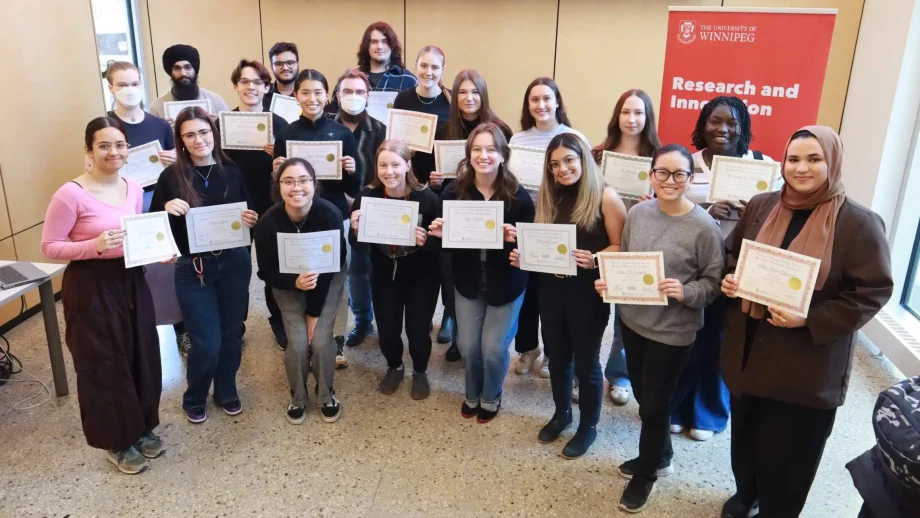UWinnipeg anthropologists led a study of the first Neanderthal to be discovered in Serbia after an upper molar was discovered in the Pešturina Cave in Jelašnička Gorge, a nature reserve located near the city of Niš.
The results of a detailed analysis of this fossil have just been published in the Journal of Human Evolution, one of the leading academic journals in the field of human and primate evolution.
The international research team includes Predgrag Radović, from the National Museum, Kraljevo, Serbia; Joshua Lindal, UWinnipeg research assistant; Dr. Dušan Mihailović, University of Belgrade archaeology professor; and Dr. Mirjana Roksandic, UWinnipeg anthropology professor.
Neanderthal molar reveals history
According to Radović, the tooth shows a series of anatomical traits – such as the characteristic shape of the crown, the relative size of the individual cusps, the relatively small occlusal basin and the thin enamel – which demonstrates, without doubt, that it represents a Neanderthal molar.
“This archaic form of human lived in Europe and in part of Asia between 400 and 40 thousand years before the present, and genetic studies have shown that Neanderthals interbred with anatomically modern H.sapiens, which is why most of today’s people outside Africa have genes inherited from Neanderthals,” Radović explained.
While this is the first direct evidence of Neanderthal presence in the territory of Serbia, it has long been assumed due to discoveries of unique stone tool traditions in the area and the fact that their presence has been confirmed in surrounding regions.
“The Balkan Peninsula was a remarkably important corridor for human movement and settlement throughout Europe in the past” said Roksandić. “Our international collaboration over the last 15 years has already produced significant new findings and has great potential to change how we see human evolution in Eurasia.”
Researchers use MicroCT and 3D virtual model to analyze fossil
To analyze the fossil, the research team had the tooth microCT scanned to see inside, and reconstructed a 3D virtual model to study the shape of the crown, roots, and internal structure.
“This allowed us to perform very precise measurements and comparisons without damaging the fossil, said Lindal. “The fossilized molar belonged to an individual in the late childhood stage of development. It is remarkably well-preserved and a lot of information can be gleaned from it.”
The research team was able to determine that the fossil originates from a layer radiometrically dated to approximately 102,000 years ago. This time period is similar to other well-known Neanderthal fossils found nearby in Croatia.
“This is around the beginning of the last glacial period, when the region that is now Serbia still had a relatively mild climate,” said Mihailović. “A number of artifacts and remains of Pleistocene fauna – horses, bison, mammoths, and rhinoceros – were recovered from the layer, but also one piece of bone with parallel cut marks.”
analyzed these cut marks in separate study of Neanderthal culture, published in 2017. The marks are believed to have been made by humans.
Archaeological excavations of the Balanica, and Pešturina caves near Niš, are undertaken in cooperation between the Faculty of Philosophy in Belgrade and The University of Winnipeg, and financed by the Ministry of Culture and Information of the Republic of Serbia. Paleoanthropological analyses are funded by the Natural Sciences and Engineering Research Council of Canada (NSERC, Canada).
Next month, a group of UWinnipeg anthropology students will travel to Serbia to participate in the excavation of the Šalitrena cave near Valjevo, as part of UWinnipeg’s annual Field School in Paleoanthropology and Paleolithic Archaeology. In previous years, this field school has taken part in excavations of the Pešturina Cave, where the Neanderthal fossil was discovered.
Learn more:
A Neanderthal tooth discovered in Serbia reveals human migration history, The Conversation Canada






